The term reductive, describes winemaking techniques that protect juice and maturing wine from exposure to oxygen, typically in order to maintain freshness and fruit characters. Can also be referred to as protective winemaking, as in protecting from exposure to oxygen.
This is the opposite of oxidative, describing the exposure of wine to oxygen to help develop it and build complexity.
Reductive winemaking can use:
- Inert gases like carbon dioxide, nitrogen and argon to form a blanked of these gases on the surface of any exposed juice or wine stopping oxygen coming into contact with the liquid.
- Using preservatives like ascorbic acid and sulphur to scavenge oxygen before it can react with the juice or wine.
- Avoiding or reducing the use of processes such as bâtonnage (lees stirring in barrel) and racking which can introduce significant amounts of oxygen into the wine.
- Use sealed non-permeable storage vessels like tanks instead of barrels.
- Ensuring that great care is taken during bottling to stop oxygen exposure of the wine.
At different stages in the winemaking process, the maker can choose to handle the wine either reductively or oxidatively to guide the wine towards the desired style. For example, the maker may handle the unfermented juice oxidatively and the maturing wine reductively before bottling.
Oxidative and reductive handling can dramatically impact the aromas, flavours, and, texture of the wine.
Like pretty much all winemaking there is a broad spectrum of approaches from super reductive to highly oxidative.
The is distinct and very different to reduction or a wine being reduced. This refers to the presence of sulphides that can smell like rotten egg gas or when more developed, burnt match, garlic, onion, and, burnt rubber.
The link is that if a wine is handled in a very reductive manner, the risk of the wine becoming reduced can increase.
Extreme examples of reductive winemaker are tank-fermented and matured whites, think Riesling and Sauvignon Blanc.
As a generalisation, for red winemaking, Pinot Noir is treated more reductively than Shiraz or Cabernet. As just one example making a Pinot I would rack it once, maybe twice before bottling and would take care to minimise the amount of oxygen contact with the wine. By comparison, I would rack a Shiraz or Cabernet Sauvignon 4-8 times often purposely introducing lots of oxygen during the process.
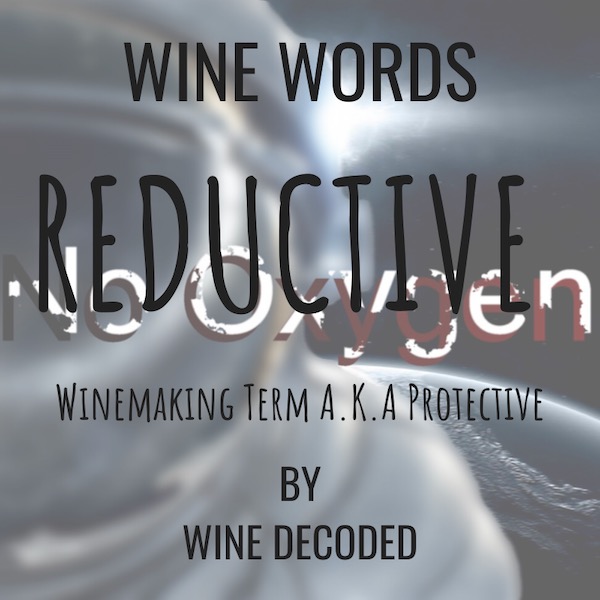
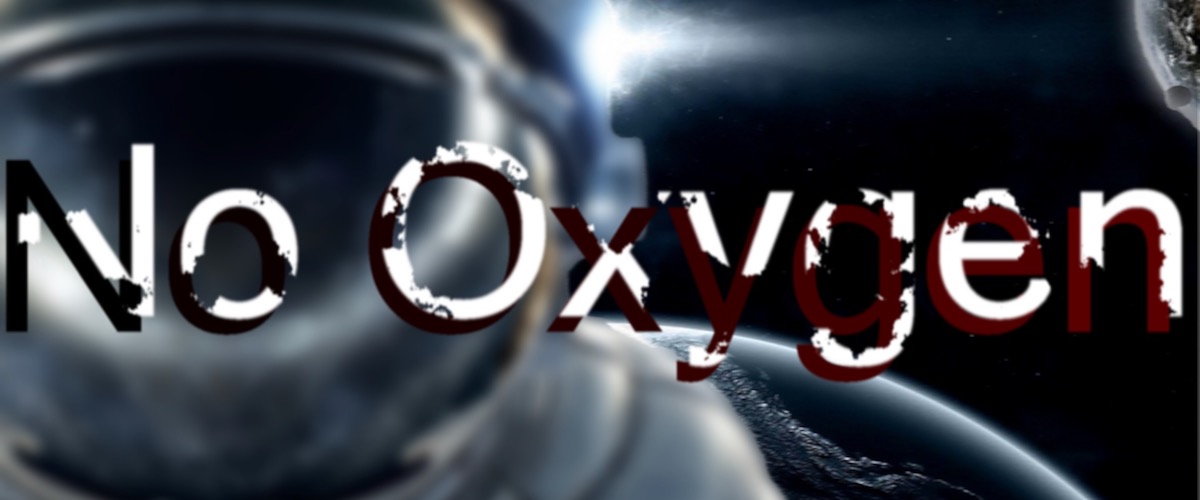
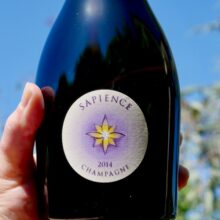
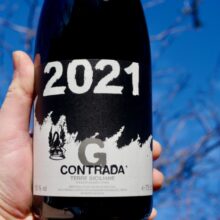
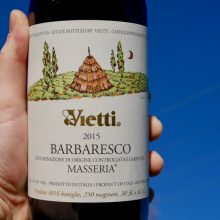
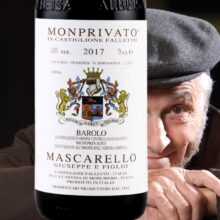
You must be logged in to post a comment.